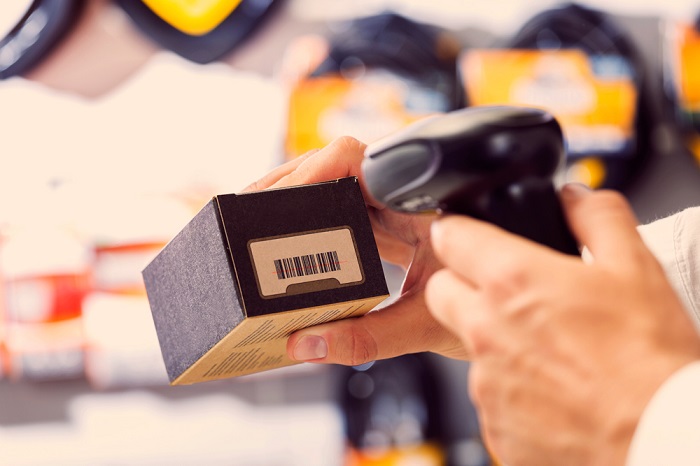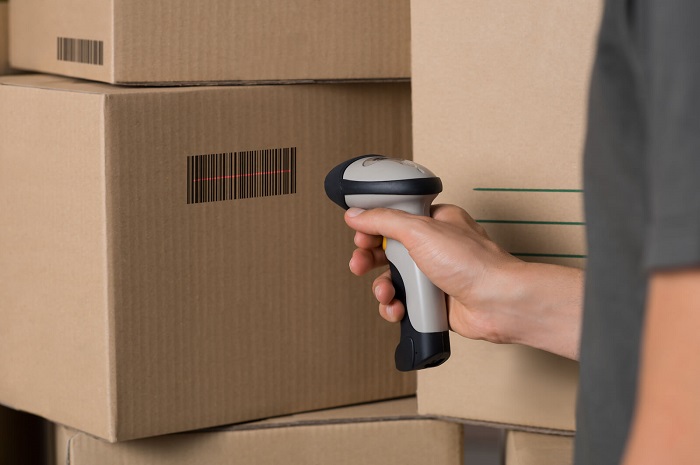Modern barcode scanners help streamline inventory management, speed up checkout times, and improve overall efficiency. However, with so many different types available, choosing the right one for your business is a daunting task. From wired to Bluetooth barcode scanners, handheld to presentation scanners, and 1D to 2D scanning capabilities, there are many factors to consider when making your decision.
Whether you’re a small retailer or a large business in need of an advanced scanner to keep your warehouse storage in check, this guide will help you make an informed decision that will meet your business needs!
Connectivity

When it comes to choosing POS devices for your business, connectivity is a crucial factor to consider. In today’s fast-paced digital world, seamless and efficient connectivity can make all the difference in enhancing your business operations. Whether you’re managing inventory, processing sales, or tracking shipments, having a scanner with reliable connectivity ensures smooth data transfer and real-time updates.
If you prefer wireless freedom, a versatile Bluetooth barcode scanner is a fantastic option. It provides the flexibility to move around without the hassle of tangled cables. You can easily connect it to your devices, such as smartphones, tablets, or computers, enabling wireless data transmission from the scanner to your device. This is particularly useful for businesses with mobile operations or those seeking a clutter-free workspace.
One standout feature of a Bluetooth scanner is its wireless connectivity, which allows for seamless integration with various devices. Whether you’re using a computer, smartphone, or tablet, these can easily connect via Bluetooth, eliminating the need for cumbersome cables. This wireless freedom enables you to move around your workspace or store, scanning barcodes with ease and efficiency.
With a Bluetooth barcode scanner, you can expect seamless compatibility with popular devices and operating systems. Whether you’re using iOS, Android, Windows, or Mac, these devices integrate smoothly with your existing technology infrastructure. This makes it easy to incorporate them into your business operations without the hassle of complex setup processes.
Is It Durable?
Another important factor to consider on the topic of “How do I choose a good barcode scanner?” is durability. After all, you want a device that can withstand the demands of your business environment and deliver reliable performance over the long haul.
First and foremost, a durable barcode scanner can handle the rigours of daily use without breaking down or malfunctioning. In busy workspaces like retail stores, warehouses, or manufacturing facilities, these devices often experience drops, spills, and rough handling. A durable Bluetooth barcode reader can easily withstand these challenges, reducing your expenses and saving you from frequent repairs or replacements.
Another aspect to consider is the device’s ingress protection rating (or IP rating). The IP rating indicates the device’s resistance to dust and water. For example, a Bluetooth scanner with an IP54 rating means it’s protected against dust ingress and can withstand water splashes from any direction. Higher IP ratings, such as IP65 or IP67, indicate even greater resistance to dust and water. Choosing a device with a higher IP rating ensures it can handle accidental spills, dusty conditions, or even occasional exposure to water.
1D vs 2D

Understanding the difference between these two types and considering your specific business needs can help you make the right choice. Let’s explore the features and benefits of each option:
- 1D/linear scanners read traditional barcodes that consist of vertical lines. These devices are common in retail applications, inventory management, and basic scanning needs. They’re efficient at decoding and processing simple barcodes quickly and accurately. They offer reliable performance for businesses that primarily work with standard barcodes without the need for additional data beyond product identification;
- 2D scanners can read both traditional 1D barcodes and more complex 2D barcodes. 2D barcodes are square or rectangular patterns that store information vertically and horizontally, allowing them to hold a larger amount of data. These devices are ideal for applications that require advanced barcode reading, such as inventory tracking, ticketing systems, and healthcare. With a 2D scanner, you capture a wealth of data, including product details, pricing information, serial numbers, expiration dates, and much more.
- Bluetooth barcode readers have advanced scanning technology, delivering accurate and speedy reading. Whether you’re scanning 1D or 2D barcodes, such as QR codes, these devices provide reliable performance, minimising errors and improving productivity. They’re suitable for a wide range of applications, including retail, warehouse management, inventory control, and point-of-sale operations.
What’s a Scanning Range?

The scanning range refers to the maximum distance between the scanner and the barcode that it can effectively scan. Understanding this will help you ensure that the device you select meets the requirements of your specific business needs. The scanning range determines how far your device can successfully capture and read barcodes. Different devices offer varying scanning ranges, and it’s crucial to select one that suits your business environment needs.
For businesses that require close-proximity scanning, such as retail checkout counters or point-of-sale systems, a short-range barcode scanner is often sufficient. These scanners have a limited range, typically up to a few inches, making them ideal for scanning barcodes at a close distance. They provide quick and accurate scanning for high-volume, fast-paced environments.
On the other hand, if your business operations involve scanning barcodes from a greater distance, such as in a warehouse or a large retail space, a long-range model is a better choice. Long-range scanners can capture barcodes from several feet away, allowing for efficient scanning of items placed on high shelves or in hard-to-reach areas. These provide a large range without sacrificing scanning speed and accuracy.












